Talk Overview
Polarization microscopy probes the interaction of molecules with polarized light and is particularly good for examining well-order structures composed of polymers, such as the mitotic spindle. This lecture describes the components of a polarization microscope (e.g. polarizer, analyzer), birefringence and how it is exploited to generate images, adjusting a polarization microscope, examples of images, and new methods such the LC-Polscope.
Questions
- True or False: A Tungsten lamp emits polarized light.
- Which of the following statements is true for polarization microscopy?
- The polarizer and analyzer are oriented so that their directions of transmission are parallel to one another.
- Plane polarized light can split in two different propagating waves that travel with different speeds through a birefringement material.
- The compensator is usually placed after the analyzer and before the eyepiece/camera.
- A compensator makes all parts of the specimen brighter than the background.
- The mitotic spindle produces a good image in polarization microscopy.
- Because it is one of the biggest structures in the cell
- Because the microtubules are oriented in the same direction and there is a refractive index difference for light traveling parallel versus perpendicular to the spindle axis.
- Tubulin has a large refractive index value
- The spindle shifts the wavelength of the illuminating light slightly towards the red.
- If the mitotic spindle is rotated through 360 degree, how many times will it peak in brightness?
- Which of the following is true of using a red plate to measure compensation of a muscle fiber:
- The illumination source must be a single wavelength of green light.
- If the slow axis of the muscle is aligned with the slow axis of the red plate, then the muscle will appear blue.
- The red plate can be used to determine the fast and slow axis of a muscle fiber.
- If the slow axis of the muscle is aligned with the slow axis of the red plate, then the muscle will appear yellow.
Answers
View AnswersSpeaker Bio
Ted Salmon
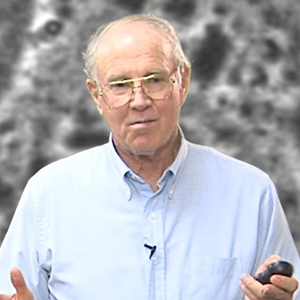
Ted Salmon is a Distinguished Professor in the Biology Department at the University of North Carolina. His lab has pioneered techniques in video and digital imaging to study the assembly of spindle microtubules and the segregation of chromosomes during mitosis. Continue Reading
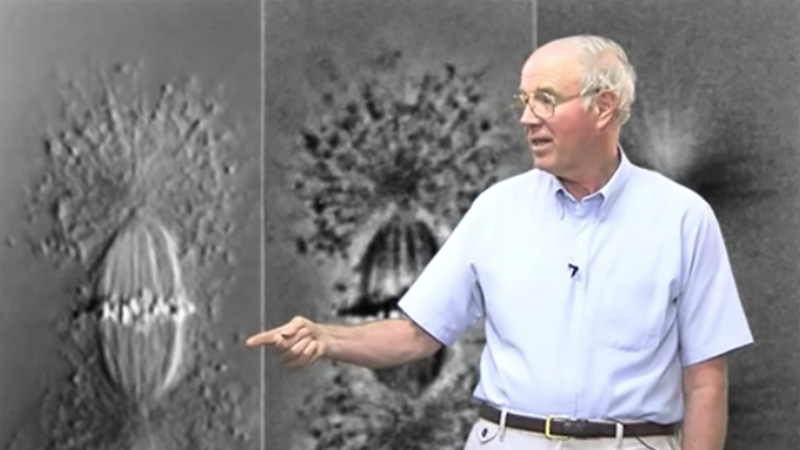
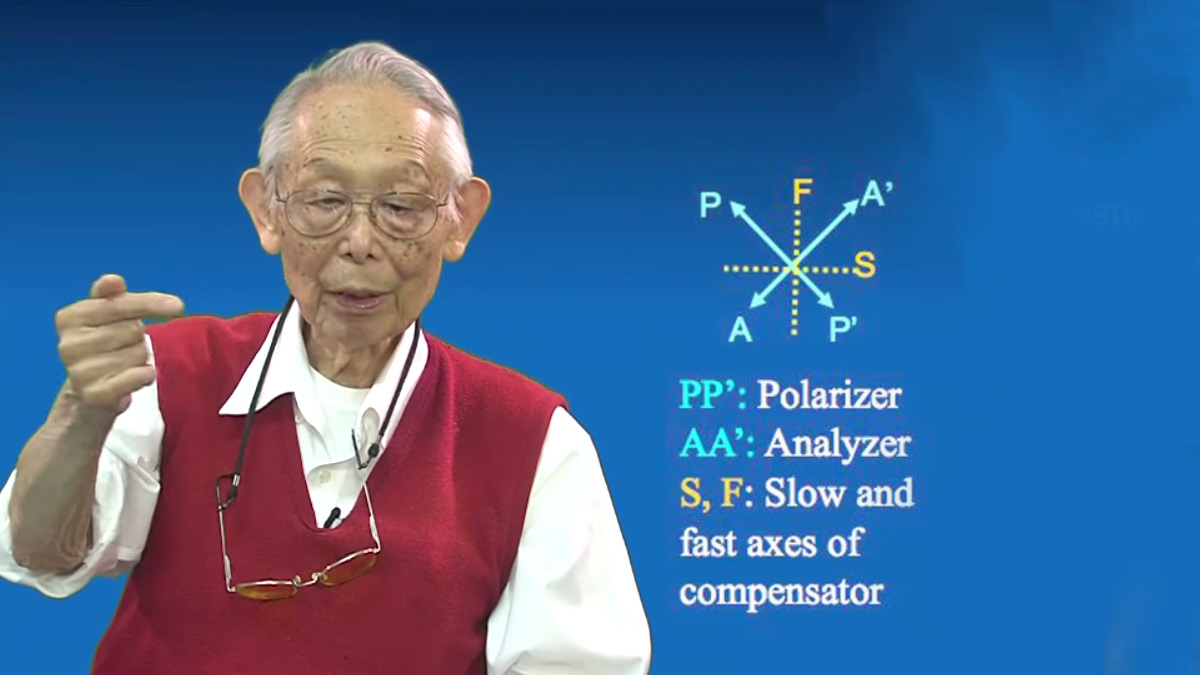
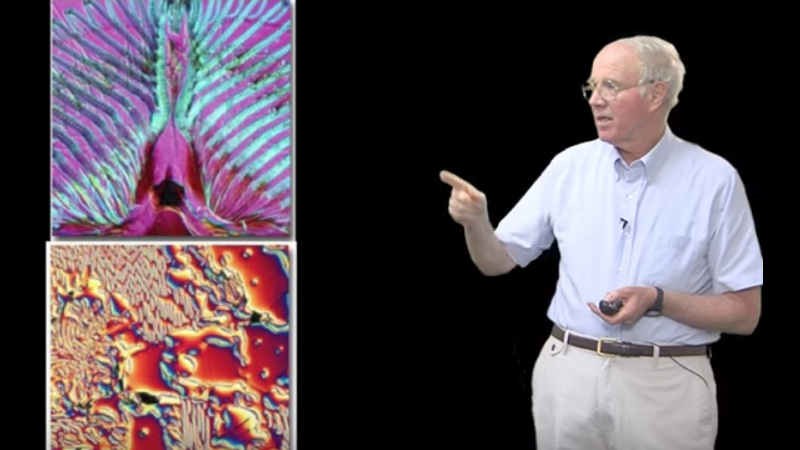
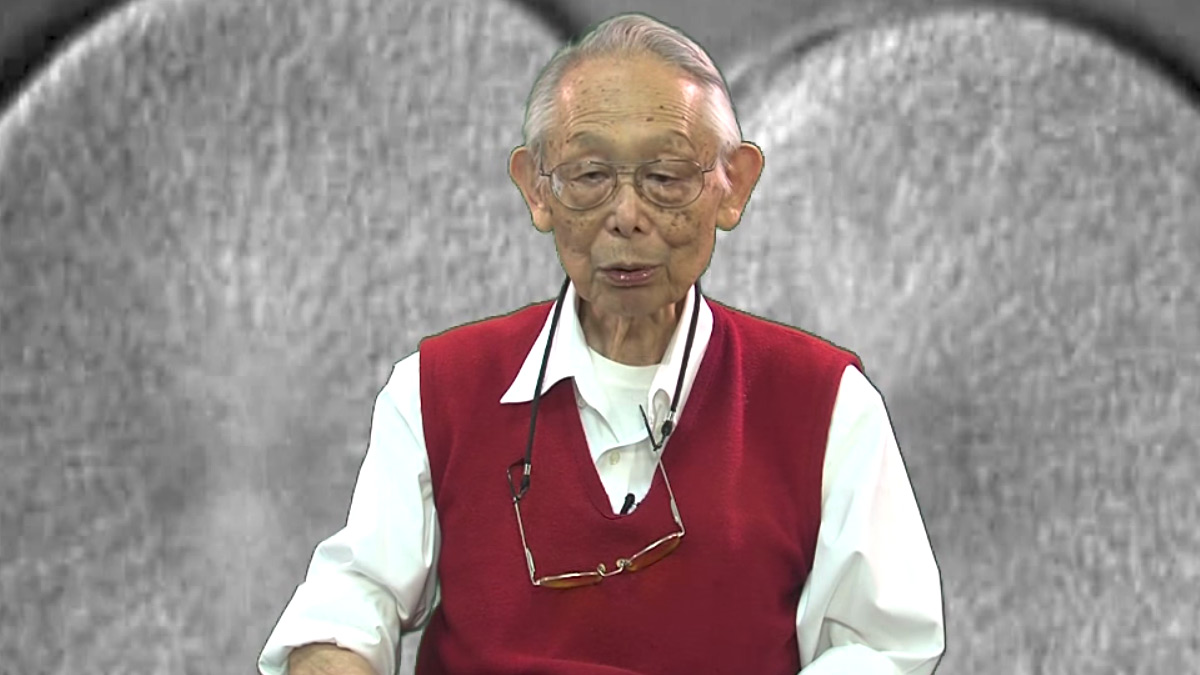





Leave a Reply